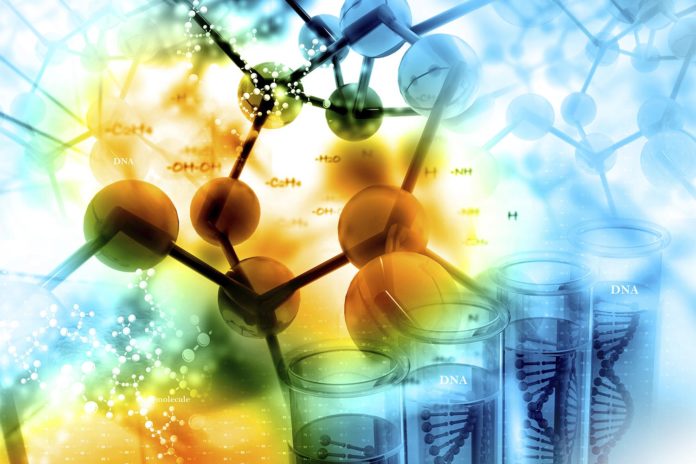
For many people, psoriatic arthritis is an unfamiliar condition. There is still a lot to be known about psoriatic arthritis causes, but we are learning more about this multifaceted issue with each passing year. People who suffer from this form of arthritis are those who also suffer from the skin condition commonly known as psoriasis. For those who have this rare form of arthritis, the skin condition is often what is seen first, followed by the more well known symptoms of arthritis like joint pain, stiffness, and swelling.
What Is Psoriatic Arthritis?
Those who have psoriatic arthritis suffer from the traditional issues of arthritis such as joint pain and stiffness that often worsens over time. But these individuals also suffer from the skin condition psoriasis.
Psoriasis is, itself, a condition that is inflammation-based, just as arthritis is. This condition is marked by an inflammatory condition that manifests itself on the skin. It appears on the skin as red patches of skin, often covered with white dry flakes, that itches and is painful from the irritation.
The fairly traditional symptoms of arthritis also apply for those with psoriatic arthritis. They will often experience joint pain and stiffness. They may also feel heat and see swelling in the affected areas, and may even see redness on the surface of the skin. The pain can range from mild to severe.
Those with this co-morbid condition will display that symptoms of the skin condition’s before they display the symptoms of arthritis. The skin condition generally starts in the teenage or young adult years, and the problems with joint pain often set in sometime between the ages of 30-50.
Genetic Factors
While the cause of psoriatic arthritis is not entirely known, it does appear to be hereditary in nature. Close to half the people who suffer from this condition also have a close family member that suffers from this condition as well. Commonly this is seen in parents and their children. When one has the disorder, their children are more likely to inherit it, though the full genetic causes for this are still not well understood.
While we are not entirely sure what role they play and what can be done to solve the problem on a genetic level, as we learn more about the human genome, we also learn more about the genome of common disorders. What we have found is that there are a few genes that seem to influence the risk for developing problems like psoriatic arthritis.
There is a so-called family of genes, the human leukocyte antigen, also called HLA. This family of genes is what helps the body tell the difference between “native” and “foreign” proteins. It appears that people who suffer from arthritis have problems with the functioning of these genes. Other genes that appear to play a role in arthritis are those that relate to immune system functioning. All of this information needs much further study.
For those who suffer from this condition, what they ask about most often is psoriatic arthritis treatment. Depending on the severity of the problem, there are a number of different ways that the pain associated with this type of arthritis can be treated. For mild pain, over-the-counter NSAID pain relievers are often effective. For moderate to severe pain, you are likely to need to see a doctor who can prescribe stronger anti-inflammatory medications. Some treatments include the use of different shots that are aimed at reducing inflammation. For more severe cases, things like PUVA therapy or joint replacement may be necessary.
For many, psoriatic arthritis is a condition they are not familiar with. It is, essentially, the co-morbidity of two different inflammatory issues. One of which is seen superficially, on the skin, the other taking the form of the more well known joint pain, stiffness, and swelling associated with arthritis. For those with this more rare form of arthritis, it often starts out as just a skin condition. Psoriasis is not all that uncommon and not everyone that has psoriasis will also have arthritis as well. For most people, the symptoms associated with psoriasis start to appear in the teens or young adult years.
There are many people who never experience anything more than the skin condition. For others, who it seems may have a genetic predisposition to developing disorders such as this, the problems are far more than skin deep. Though the joint pain can start at any time, most often people start developing symptoms of arthritis between ages 30 and 50. It is then when the co-morbidity of the two problems is often first noticed.
Genetic research is pointing to a number of different areas that may play a part in the development of this disorder. One particular family of genes, referred to as HLA, seem to not function properly in people who suffer from psoriatic arthritis, which causes the body to have an excessive inflammatory response, which, in turn, leads to these issues.

















